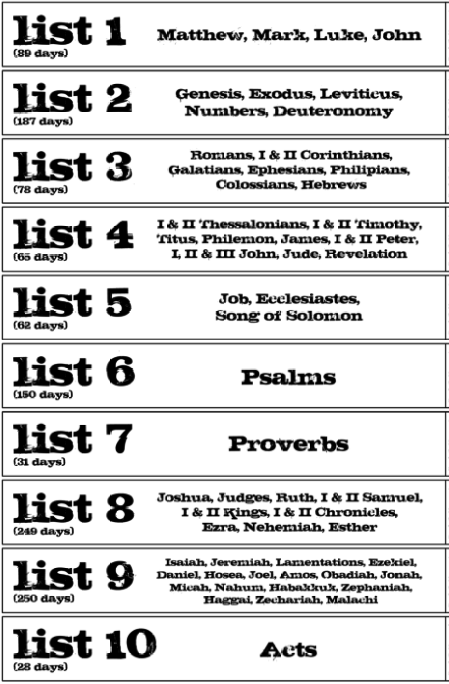Unintentional Isolation
I caught up with Kimeron again to continue our ongoing conversation about homosexuality. You can read our previous dialogues here. Here is the latest question I asked him, “I know there are a lot of people that maliciously try to alienate and hurt gay people’s feelings on purpose. Aside from people like that, what do people do unintentionally that cause a gay person to feel judged or isolated?”
Kimeron: “My first response would have to be the assumptions that people make about me or other gay people based only on stereotypes or characters from TV or the movies. For example, not all gay people cross dress, or are sexually promiscuous, or are anti-religion. We are individuals just like not all straight people have affairs or get divorced. It is awkward and uncomfortable when people make assumptions about me, which requires sometimes taking a light-hearted moment and making it serious because I need to speak up and counter the impression that person has. Listening to jokes about gay people, even if not intended to be hurtful, but that perpetuate a stereotype is very uncomfortable. Jokes, for example, where the person mocks effeminate men or masculine women, suggest to me that the person telling it is not comfortable around gays or is incredibly insensitive to the possibility that someone they know or love might be offended.
Other more obvious ways that people can create an uncomfortable situation is by asking questions that assume the person you just met is straight. I am asked frequently about my “wife” because I wear a wedding band as a symbol of my commitment to Brad. It creates a moment of awkwardness, especially if I don’t know the person, because I have to decide whether to bring up the issue for discussion (which I may not want to do in every social setting) or to avoid answering, etc. It’s much simpler if the person just says “what does your partner do?”. I know it takes some getting used to when you first start using the term “partner”, but actually I’ve found that in California many people use this term I think because of the many varieties of relationships out here (including heterosexual couples who may not be married, or are domestic partners, or are just dating, etc.). Not inviting my partner to dinners or social events is another way that can be unintentional, but is unfair and hurtful.
There’s an excellent book written by Episcopal bishop John Shelby Spong called ‘Living in Sin:Â A Bishop Rethinks Human Sexuality’ that I read some years ago that was just an amazing blessing to me. Rev. Spong is himself heterosexual, but believes that many Christians have missed the boat on ministering to the human sexuality side of us all. He talks about for example how the church has rites to bless marriages (of straight people), but has no formal form of ritual to help people deal with divorce. He also believes strongly that dogmatically rejecting gay people based on a few Biblical passages that may or may not actually mean what we think they mean, is wrong. His other significant book to me personally is called ‘Rescuing the Bible from Fundamentalism.'”



 I’m two books into my summer reading and I recently finished Niccolo Machiavelli’s famed classic,
I’m two books into my summer reading and I recently finished Niccolo Machiavelli’s famed classic, 



